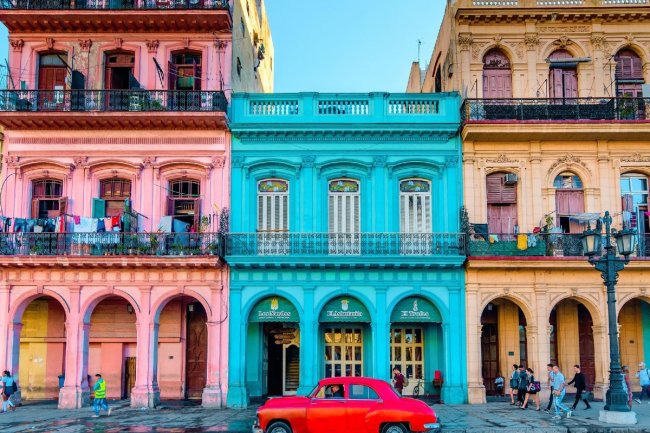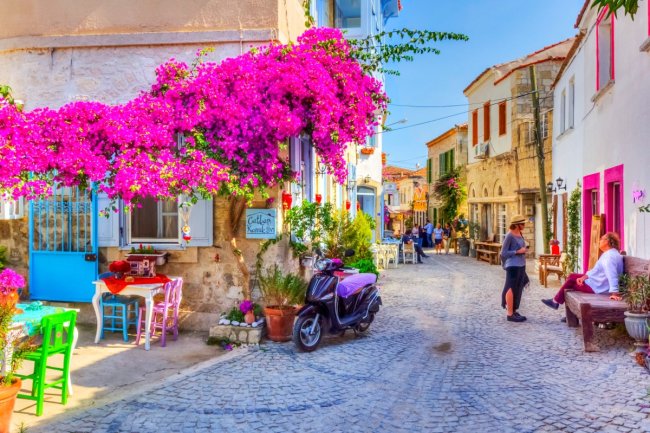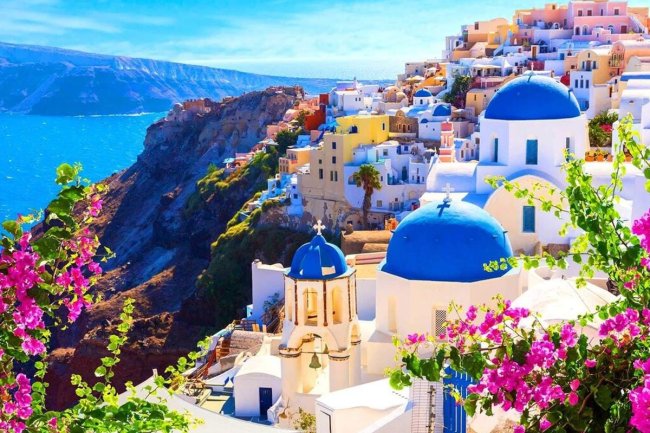What to see in Bulgaria
Let's explore Bulgaria the right way!
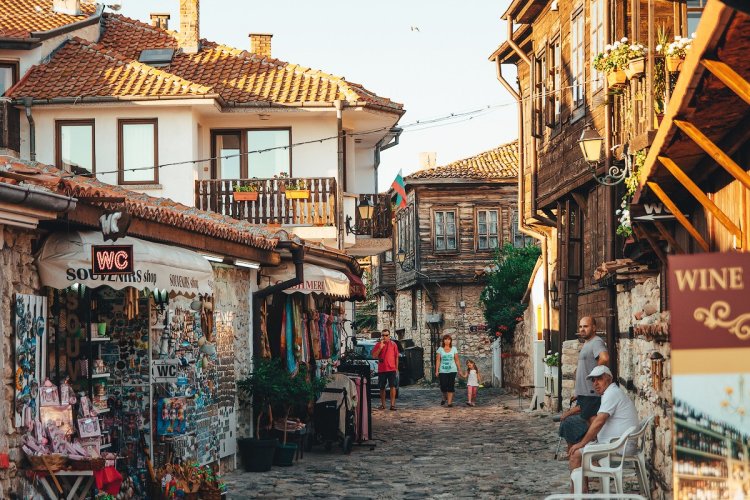
While most tourists are familiar with Bulgaria's Black Sea coast and seaside resorts, its hinterland often goes unnoticed. In this article we will tell you about interesting places in Bulgaria outside of beaches.
Sofia
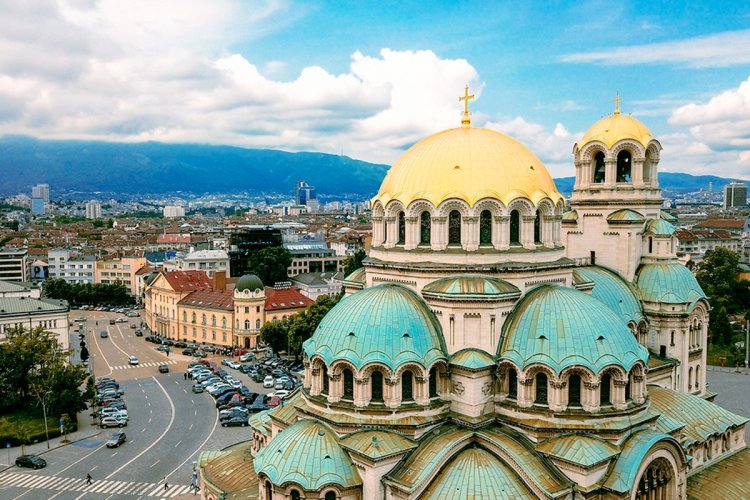
The capital of modern Bulgaria was founded by the Romans in the 1st century AD. The city received its name in honor of the Church of Hagia Sophia, built in the 6th century, which still retains its original appearance.
For East Europeans, especially Russians, it will be interesting to visit the Temple-Monument of St. Alexander Nevsky - the main cathedral of Bulgaria and one of the most recognizable symbols of the country, as well as the monument to the Tsar Liberator, erected in 1903 in honor of the Russian Emperor Alexander II, who liberated Bulgaria from the Ottoman invasion in during the Russian-Turkish war of 1877–1878.
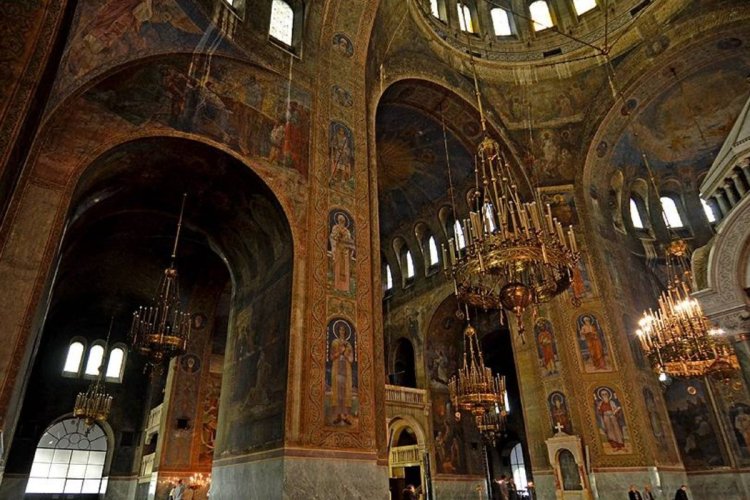
Among other attractions of Sofia, it is worth highlighting the Cathedral of the Holy Week and the Rotunda of St. George, the oldest church in the city, built in the 4th century on the site of the residence of the Byzantine Emperor Constantine the Great. Today it is located inside the presidential palace, but anyone can visit it.
Don't forget to take a walk along the main street of Sofia - Vitosha Boulevard. The whole life of the capital is concentrated here: clubs, cafes, bars, boutiques, restaurants and other establishments.
Rila Mountains and Rila Monastery
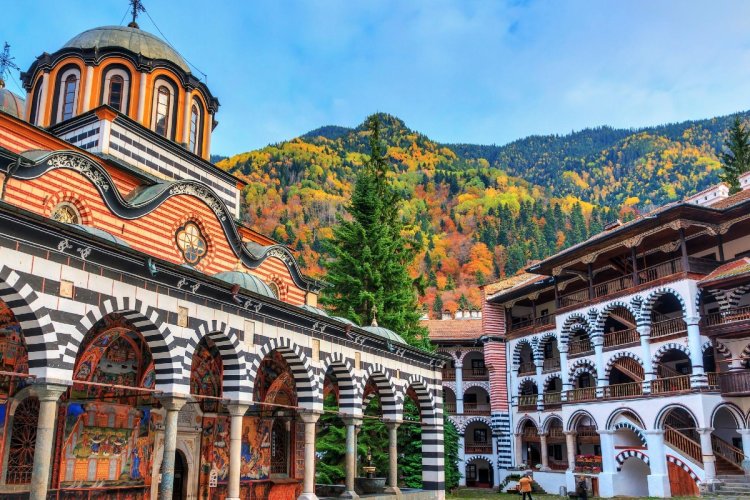
The Rila Monastery, located in the western part of the Rila mountain range in Bulgaria, is one of the main religious shrines of the country. Not far from it is the highest point in Bulgaria and Eastern Europe - Mount Musala, but climbing it requires good physics and preparation, while visiting the monastery is open to all tourists.
The monastery, founded by St. John of Rila in the 10th century, houses his relics. The Rila Monastery attracts pilgrims with its church, the walls of which are decorated with works by famous Bulgarian icon painters of the 19th century - the brothers Zahari and Dimitar Zograf. Particularly impressive are the paintings of the “Apocalypse” and the scenes of the struggle between demons and the righteous. Since 1981, the Rila Monastery has been depicted on the one-lion coin.
In the vicinity of the Rila Mountains there are also popular ski resorts with mineral springs, including the famous Borovets. If you have free time, it is worth visiting the picturesque town of Melnik, which is located just 60 kilometers from the Rila Monastery.
Melnik
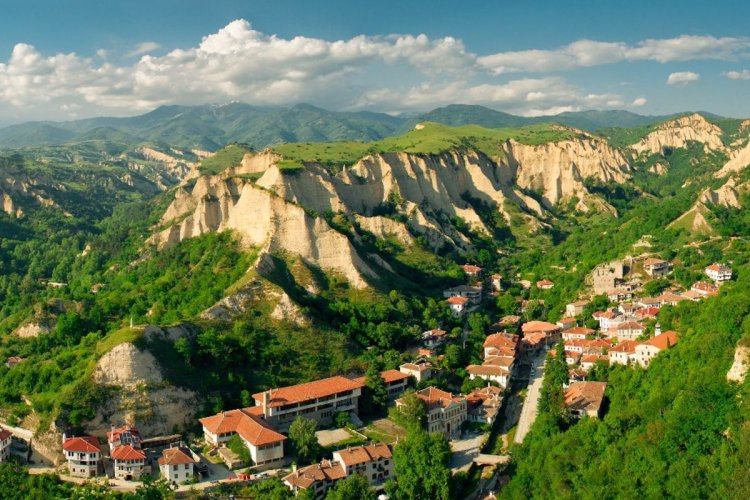
Melnik, located 190 kilometers from Sofia, is considered the smallest town in Bulgaria, which gives it its own unique appeal. Surrounded by picturesque cliffs, the city looks like a scene from a romantic film, with its cozy houses, stone fences and pavements. A walk through the streets of Melnik will be a pleasure in itself, but you can also visit the Wine Museum, the Ethnographic Museum (House of Kordopulov), and several ancient churches and monasteries with well-preserved frescoes.
Just five kilometers from Melnik is the Rozhen Monastery, founded in the 9th century and reminiscent of a medieval fortress. The magnificent carved iconostasis in the main monastery church can be examined in detail for a long time and every time you notice something new.
Belogradchik Fortress
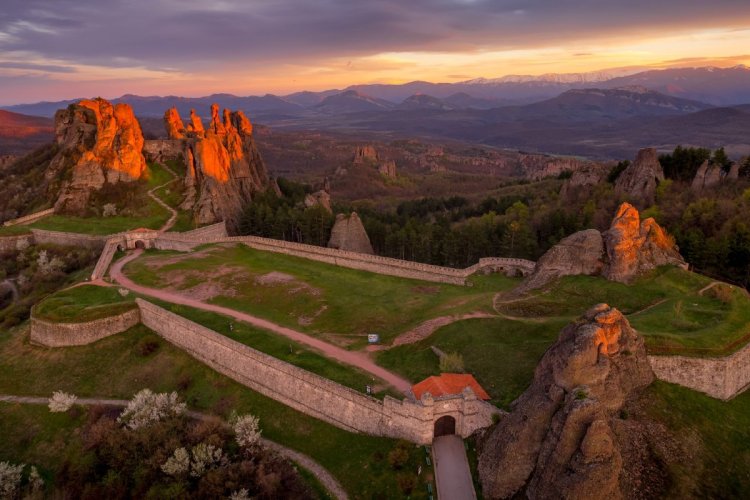
The city of Belogradchik, located 170 kilometers north of the capital of Bulgaria almost on the border with Serbia, is one of the most romantic places in the country. Around it there are other small towns with amazing names such as Montana, Vinishte, Veshchitsa, Pleshivets, Protopopitsy, Kozloduy and Kladorub.
The cliffs of Belogradchik, covering an area of approximately 30 by 7 kilometers, create an amazing atmosphere and offer endless opportunities for hiking. Many of the rocks have their own unique names - Castle, Adam and Eve, Madonna, Horseman, and their outlines inspire, manifest imagination and immerse you in your own fairy-tale dreams.
A visit to the local fortress complements the cultural aspect of the trip, where, with a competent guide, you can hear interesting stories about the legendary past of this place.
Veliko Tarnovo
The city of Veliko Tarnovo, located 220 kilometers east of the capital, was the capital of the Second Bulgarian Kingdom from the 12th to the 14th centuries. Currently, you can see many historical and cultural monuments here. One of the main attractions that attracts tourists is Tsarevets Hill with a medieval fortress where light shows are held in the evenings. The show schedule is not fixed and is only held if there is a sufficient number of spectators. To find out whether the show will take place today, it is worth contacting the tourist information centers.
At the foot of the hill is the picturesque artisans' quarter of Asenova Mahal. The houses of the old city, covered with red tiles and located high above the banks of the Yantra River, create a unique atmosphere in which you feel incredibly cozy.
A visit to Veliko Tarnovo can be combined with a trip to the Shipka Pass, which is just an hour away. On the way back to Sofia, you can visit the cities of Gabrovo (known as the capital of Bulgarian humor) and Kazanlak (home to the Valley of Roses, producing rose oil, as well as the famous Thracian tomb of the 4th century BC).
Shipka Pass
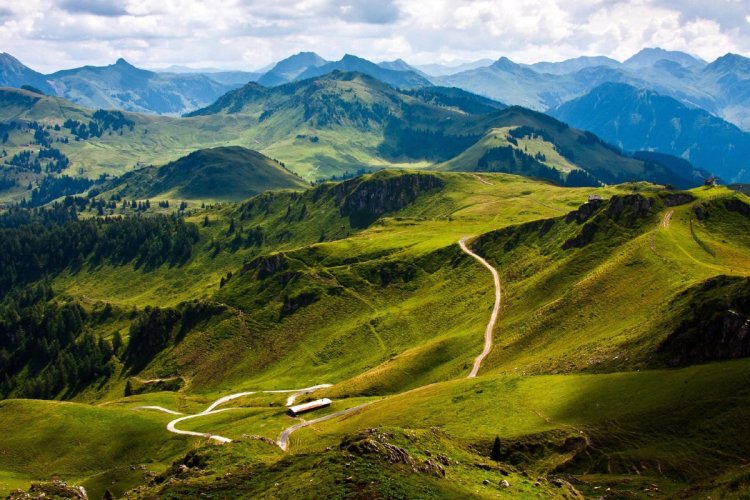
The Stara Planina mountain range stretches across the entire territory of Bulgaria from west to east, dividing the country into northern and southern parts. Shipka Pass, located at an altitude of 1,185 meters above sea level, is a key transport route connecting these two parts. During the Russian-Turkish War of 1877–1878, one of the decisive battles took place at the Shipka Pass. Russian troops and Bulgarian militias held the line against superior enemy forces for six months.
In memory of this event, the Freedom Monument was erected on the pass - a stone tower 31 meters high, from the top of which a magnificent view of the surrounding area opens. In the village of Shipka there is the Memorial Church of the Nativity of Christ, the bells of which are cast from cartridge cases collected at the battle site.
Plovdiv
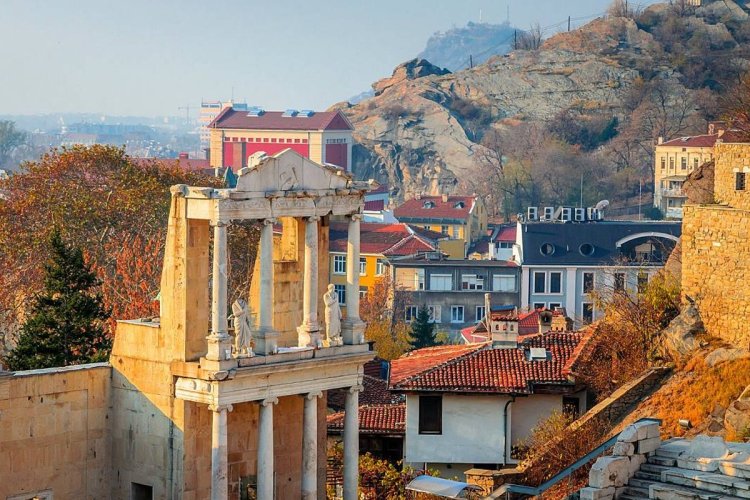
Plovdiv is located 140 kilometers southeast of Sofia, and a trip there can be combined with a visit to the Bachkovo Monastery, which is only 50 kilometers from Plovdiv.
One of the main tourist attractions in Bulgaria's second largest city is the well-preserved Roman theater located in the city center. This theater is still actively used for concerts, music festivals and theatrical performances. The old town is a confusing labyrinth of narrow streets with buildings built between the 15th and 19th centuries. Here you can visit mosques and baths dating back to the times of Ottoman rule.
On Bunardzhik Hill there is a monument to the unknown Soviet soldier from the song “over mount stands Alyosha, a Russian soldier in Bulgaria,” which is visible from anywhere in the city. Until 1989, this song was the official anthem of Plovdiv.
Bachkovo Monastery

This famous pilgrimage site is located on the slope of the Rhodope Mountains near the Chai River. Bachkovo Monastery, the second largest and most important after Rila, was founded in the 11th century by the Byzantine commander of Georgian origin Grigory Bakuriani. It attracts attention with its unique combination of Byzantine, Georgian and Bulgarian cultures. Tourists are attracted here by amazing medieval frescoes, a ossuary with the remains of monks, a museum with the sword of the Holy Roman Emperor Frederick Barbarossa, as well as the miraculous icon of the Mother of God “Tenderness”.
Pirin Mountains
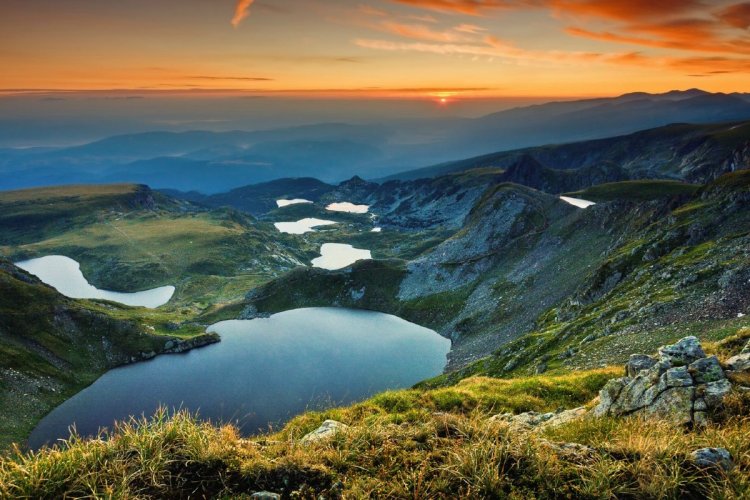
This amazing national park, which is located 150 kilometers south of Sofia, is considered one of the most picturesque corners of nature in Bulgaria, so it is better to set aside several days to fully explore it, especially if you value hiking in the mountains. Here, in a small area, you can see more than 45 mountain peaks, among which the highest is Mount Vihren (2,914 m). In the valleys of the park there are crystal clear lakes and waterfalls of amazing beauty. There are a variety of hiking trails throughout the park, from challenging trails for climbers to easy trails suitable even for children.
Madara Horseman
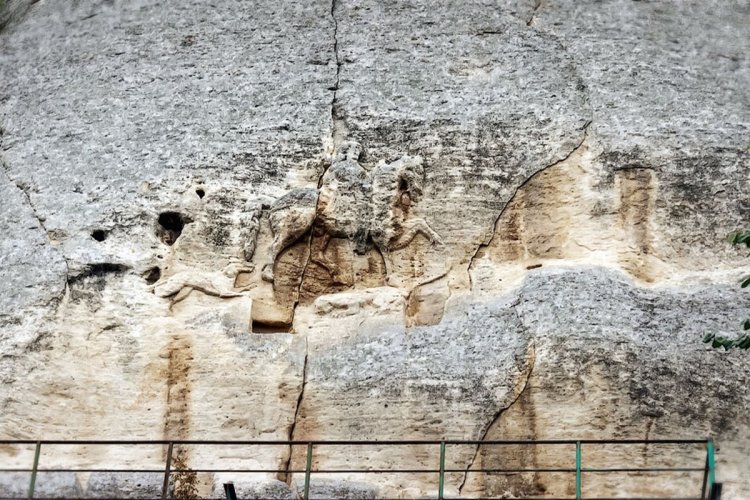
The bas-relief, carved on a vertical rock near the village of Madara, is one of the key symbols of Bulgaria. This place is a long distance from the capital, 440 kilometers from Sofia, but it is worth a visit, especially if you are planning a trip along the Black Sea coast. The bas-relief depicts a horseman hunting a lion, presumably this is Khan Tervel, one of the ancient rulers of Bulgaria. In 1966, the Order of the Madara Horseman was established in the country, and in 1981 its image appeared on a two-lev coin. The nearest large town is Shumen, where you can visit a restored medieval fortress as part of the "Bulgaria Starts Here" project.
Go on a great trip to interesting places in Bulgaria with mobile Internet from fedafone and stay connected even in the most remote places!
